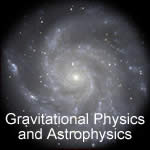
Osservatorio Astronomico
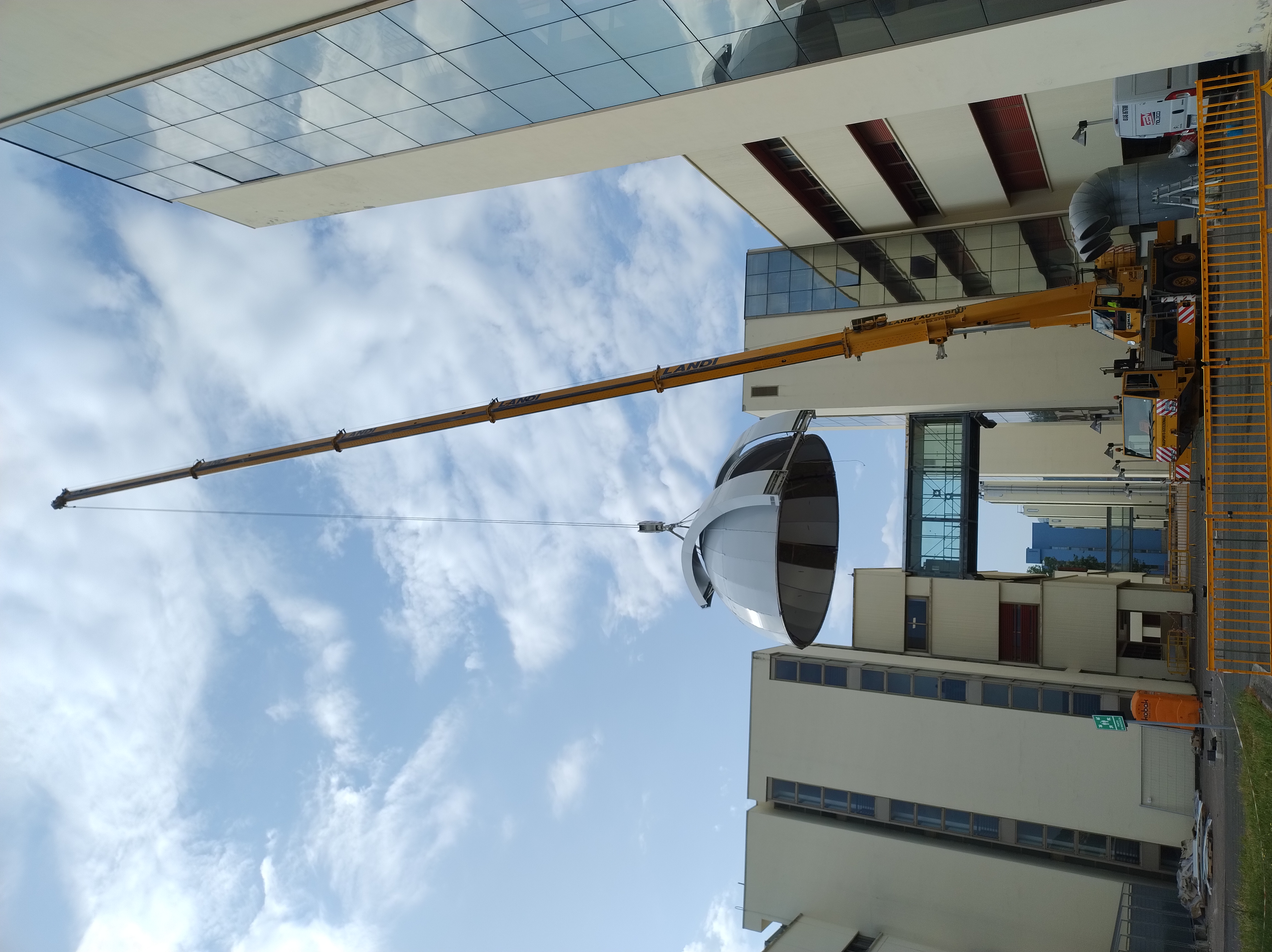 |
La nuova cupola è stata installata il
17/6/2025! La ripresa delle attività avverrà non appena saranno completati gli impianti e la messa a punto di tutta la strumentazione. |
The Observatory (Lat. 40°46'30''N, Lon. 14°47'20''E, Alt. 290 m)
The first Observatory has been operational between 22/03/2011 and 23/2/2019, when it was damaged by a storm.
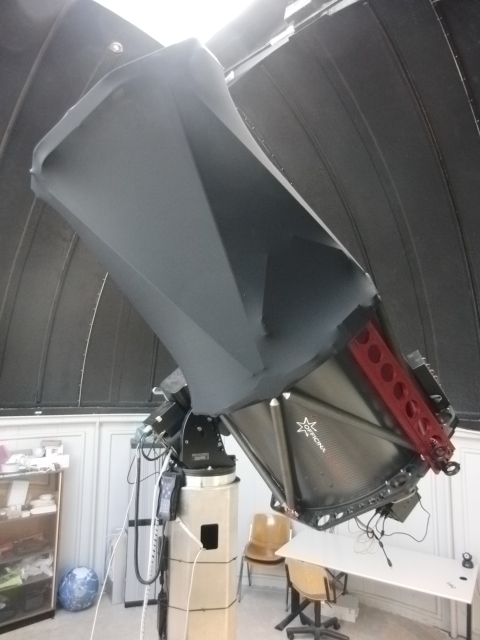 |
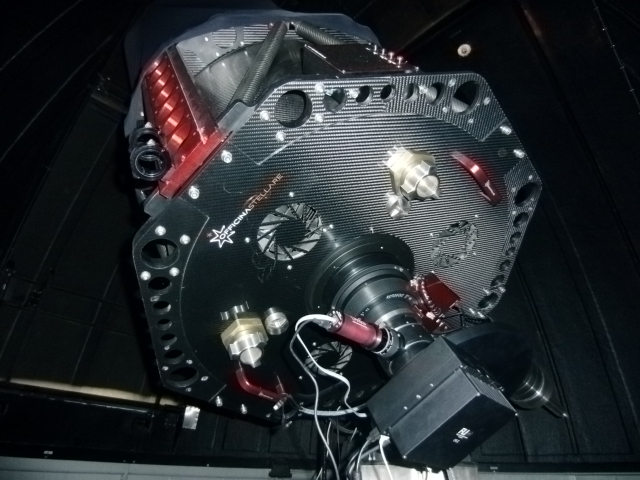 |
The new dome (provided by
Astro Alliance, 6.5m in diameter)
has been mounted on 17/06/2025. This is the largest dome inside a University
campus in Italy.
The present telescope hosted by the observatory is a
PRO RC600 made by Officina
Stellare
(diameter 0.60m, f/8).
The mount supporting the telescope is a GM-4000 HPS by 10micron, with
15'' pointing accuracy and precision encoders.
The CCD is a FingerLakes Instrument Proline L230 with 2048x2048 pixels. The field of view is
21'x21'.
The CCD is equipped with a Rotofocuser and a filter wheel with a UBVRI
Bessell set, and a diffraction grating for
spectroscopy.
Here are some images collected by our old telescope and CCD (Celestron C14 and SBIG ST2000).
 |
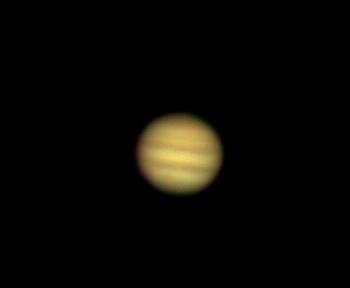 |
 |
| M42 (Orion Nebula) | Jupiter | Moon at the eclipse |
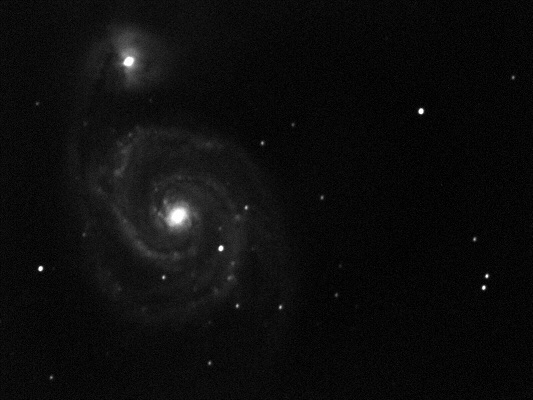 |
|
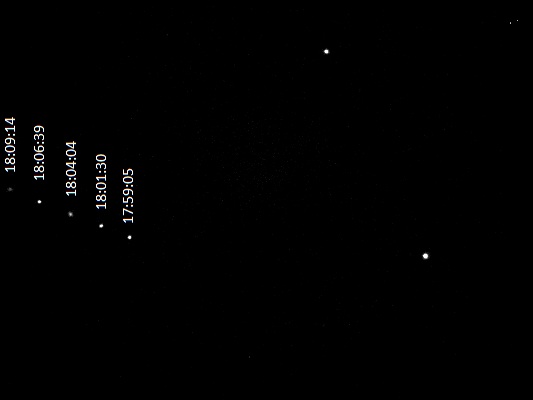 |
| M51 (spiral galaxy) | M82 (starburst galaxy) | Toutatis fly-by 12/12/2012 |
The observatory is used by undergraduate students in physics
in the course of Laboratorio
specialistico (settore astrofisico). Specific thesis projects are
also implemented.
Research with Salerno Observatory
Our observatory participates in several scientific programs for the discovery and the characterization of extrasolar planets by the microlensing method and by the transit method.
We are currently part of the TESS follow-up network performing seeing-limited photometry for the validation of transiting exoplanetary candidates discovered by the NASA spacecraft.
We have conducted follow-up observations in several collaborations, including Gaia, KELT, Spitzer, Kepler, MiNDSTEp.
Publications including data taken by Salerno University Observatory
-
Wide Binary Orbits Are Preferentially Aligned with the Orbits of Small Planets, but Probably Not Hot Jupiters
S. Christian et al., AJ 169, 308 (2025) -
Identification of the Top TESS Objects of Interest for Atmospheric Characterization of Transiting Exoplanets with JWST
B. Hord et al., AJ 167, 233 (2024) -
OGLE-2013-BLG-0911Lb: A Secondary on the Brown-dwarf Planet Boundary around an M Dwarf
S. Miyazaki et al., AJ 159, 76 (2020) -
Full orbital solution for the binary system in the northern Galactic disc microlensing event Gaia16aye
L. Wyrzykovski et al., A&A 633, 98 (2020) -
The KELT Follow-up Network and Transit False-positive Catalog: Pre-vetted False Positives for TESS
K. Collins et al., AJ 156, 234 (2018) -
KELT-21b: A Hot Jupiter Transiting the Rapidly Rotating Metal-poor Late-A Primary of a Likely Hierarchical Triple System
J. Marshall et al., AJ 155, 2 (2018) -
OGLE-2014-BLG-1112LB: A Microlensing Brown Dwarf Detected through the Channel of a Gravitational Binary-lens Event
C. Han et al., ApJ 843, 87 (2017) -
A giant planet undergoing extreme-ultraviolet irradiation by its hot massive-star host
S. Gaudi et al., Nature 546, 514 (2017) -
KELT-12b: A P ˜ 5 day, Highly Inflated Hot Jupiter Transiting a Mildly Evolved Hot Star
D. Stevens et al., AJ 153, 178 (2017) -
Campaign 9 of the K2 Mission: Observational Parameters, Scientific Drivers, and Community Involvement for a Simultaneous Space- and Ground-based Microlensing Survey
C. Henderson et al., PASP 126, 124401 (2016) -
The Spitzer Microlensing Program as a Probe for Globular Cluster Planets: Analysis of OGLE-2015-BLG-0448
R. Poleski et al., ApJ 823, 63 (2016) -
Spitzer Microlens Measurement of a Massive Remnant in a Well-separated Binary
Y. Shvartzvald et al., ApJ 814, 111 (2015) -
Red Noise Versus Planetary Interpretations in the Microlensing Event Ogle-2013-BLG-446
E. Bachelet et al., ApJ 812, 136 (2015) -
Pathway to the Galactic Distribution of Planets: Combined Spitzer and Ground-Based Microlens Parallax Measurements of 21 Single-Lens Events
S. Calchi Novati et al., ApJ 804, 20 (2015)